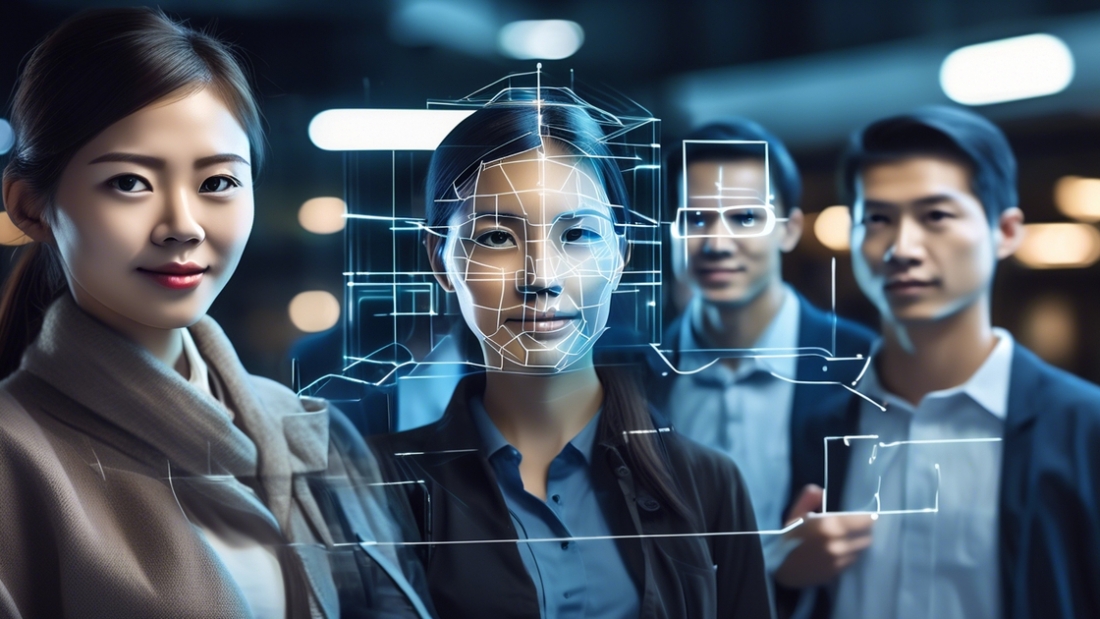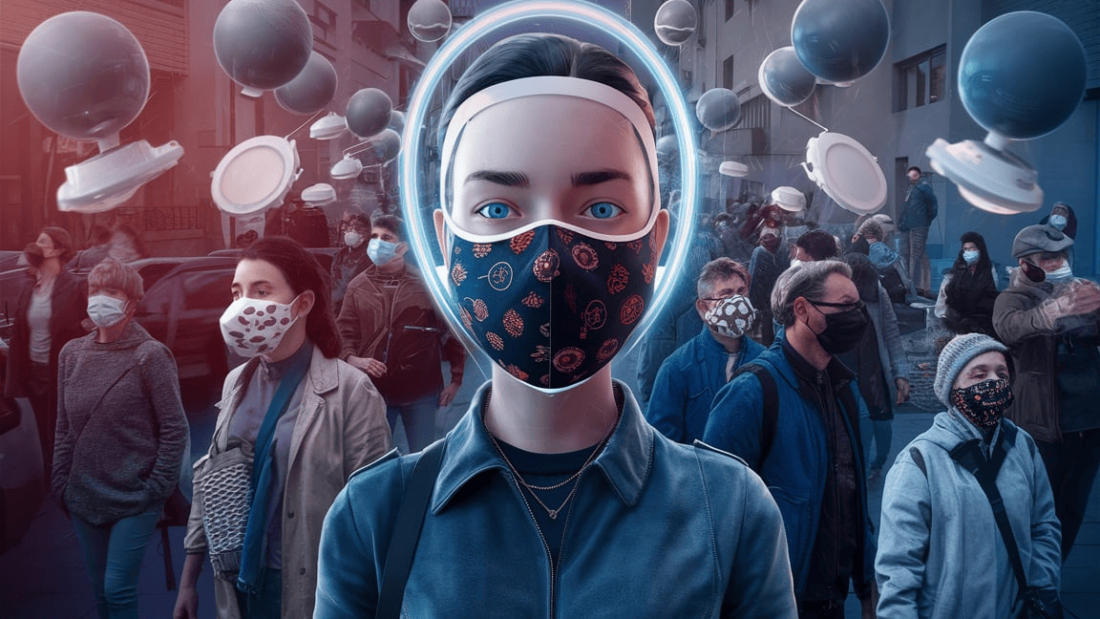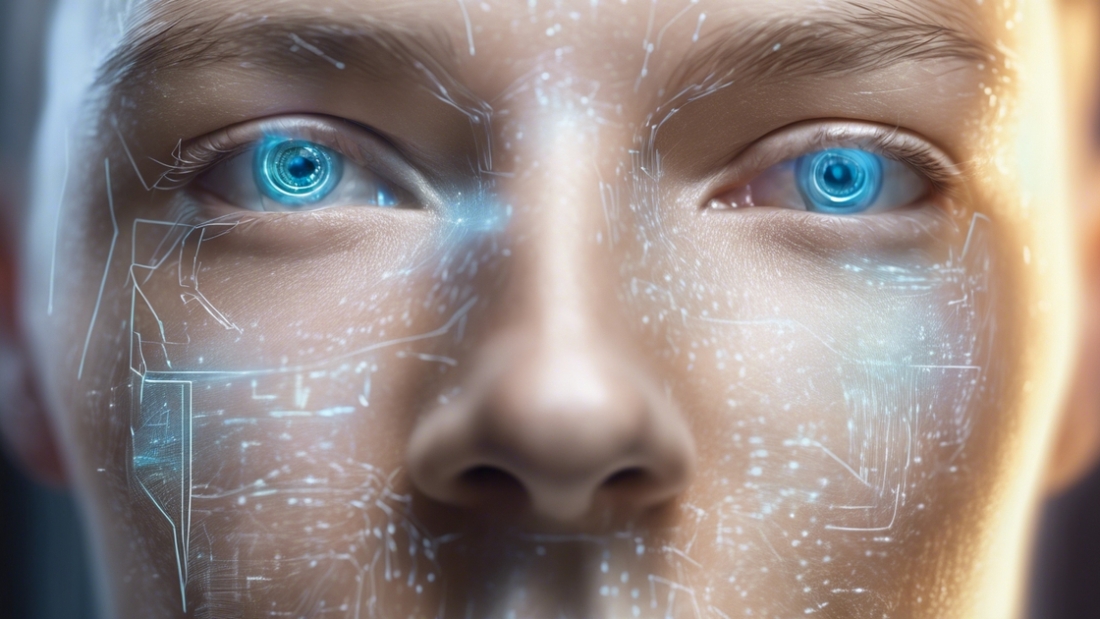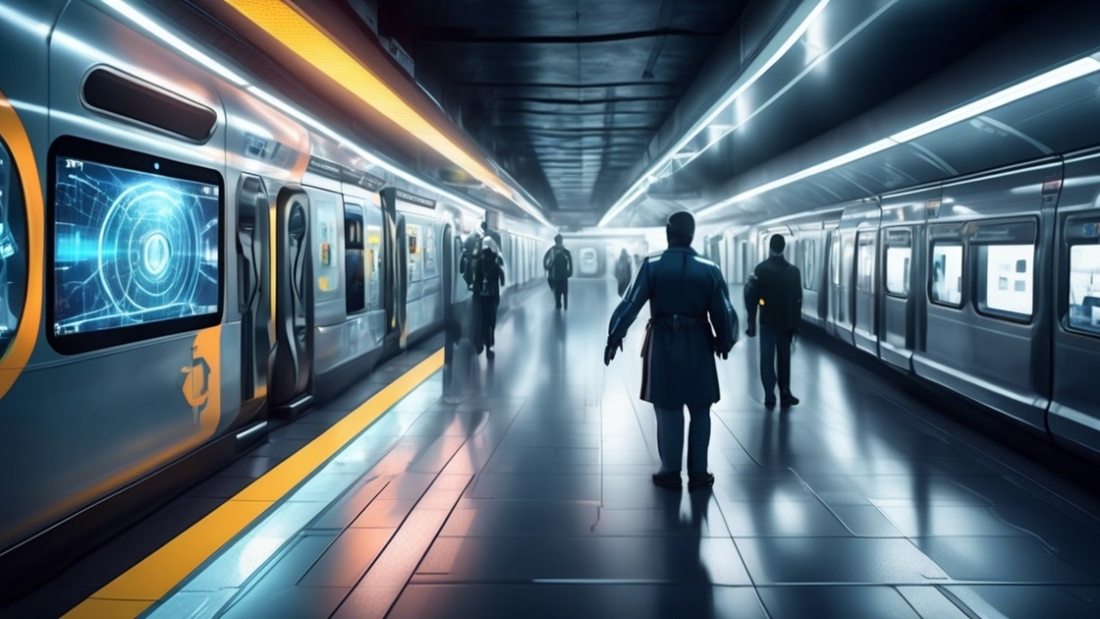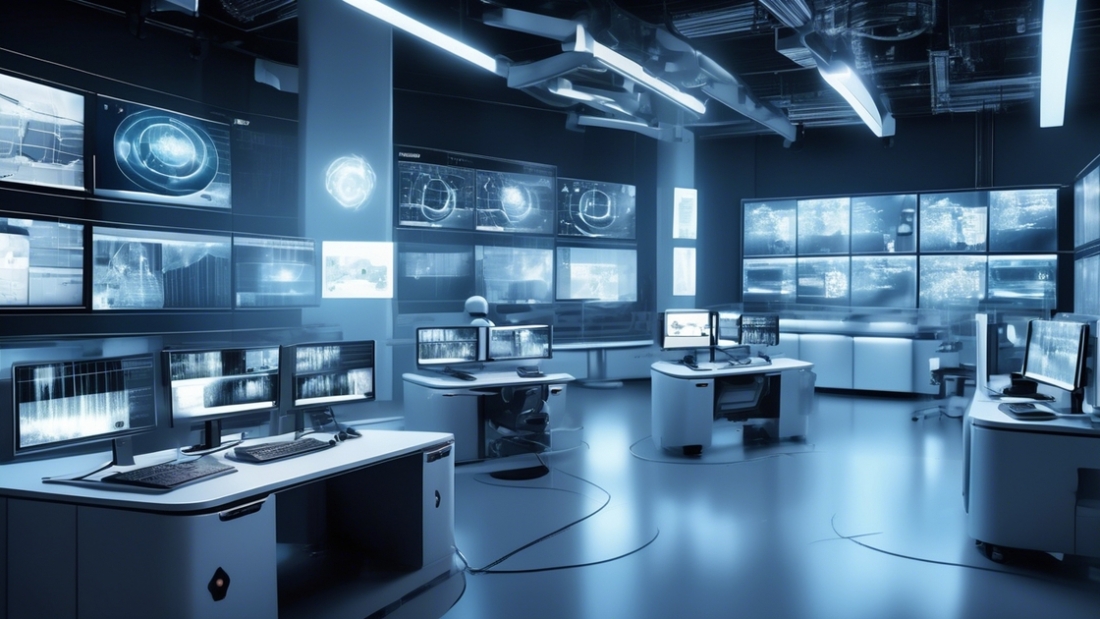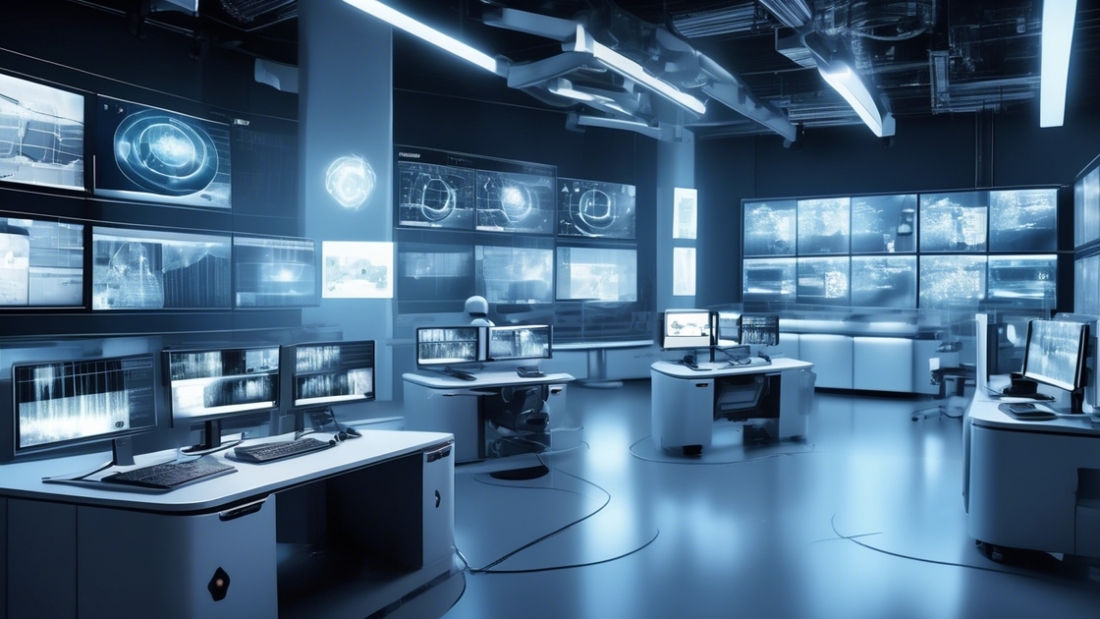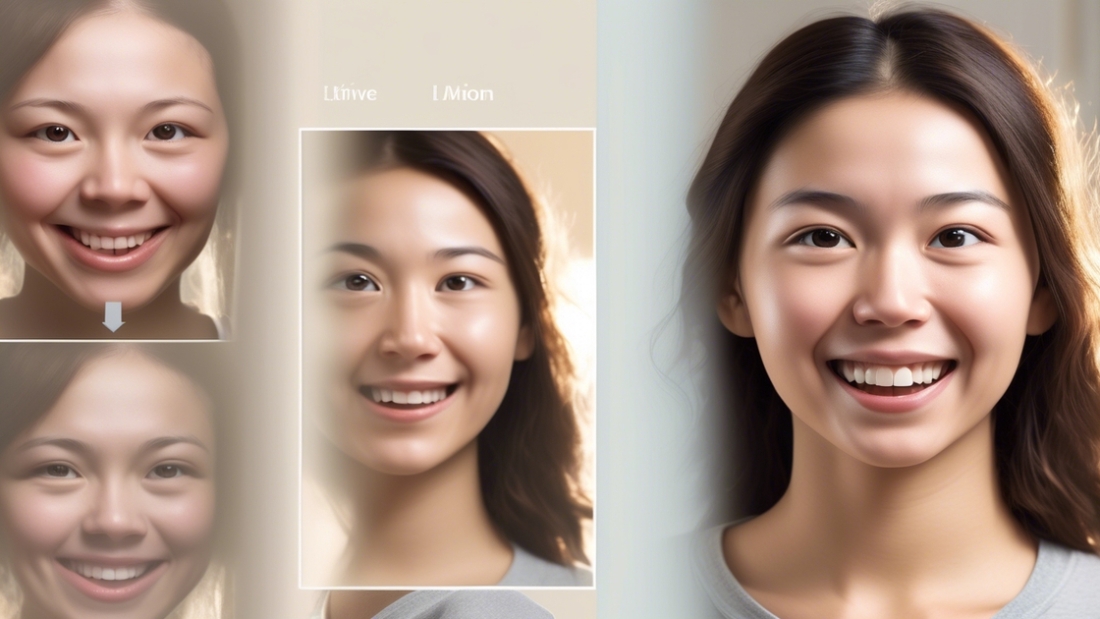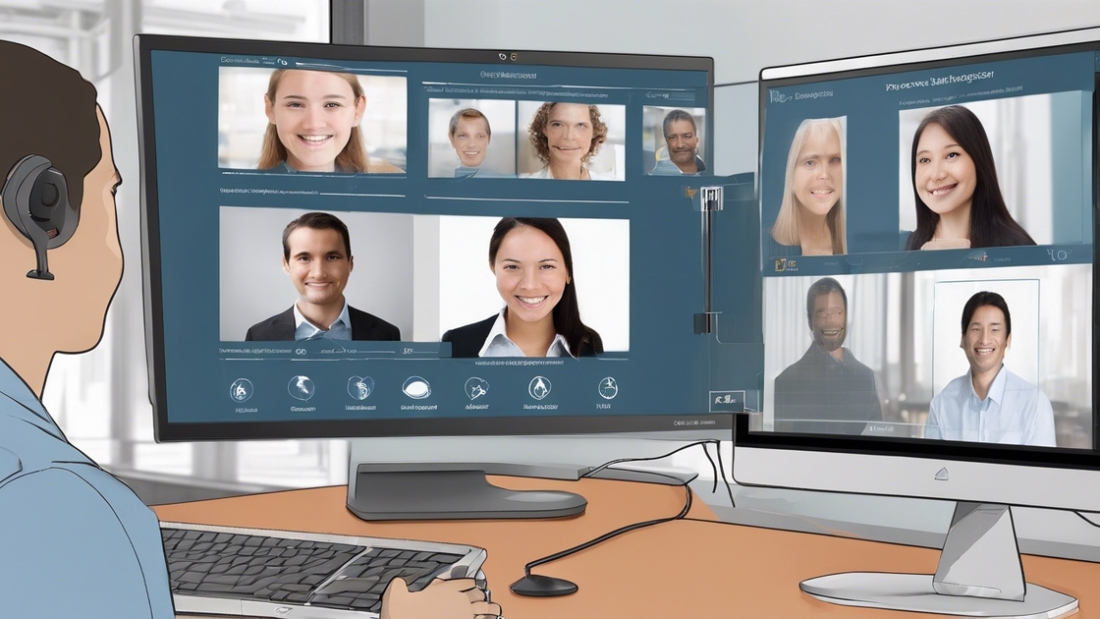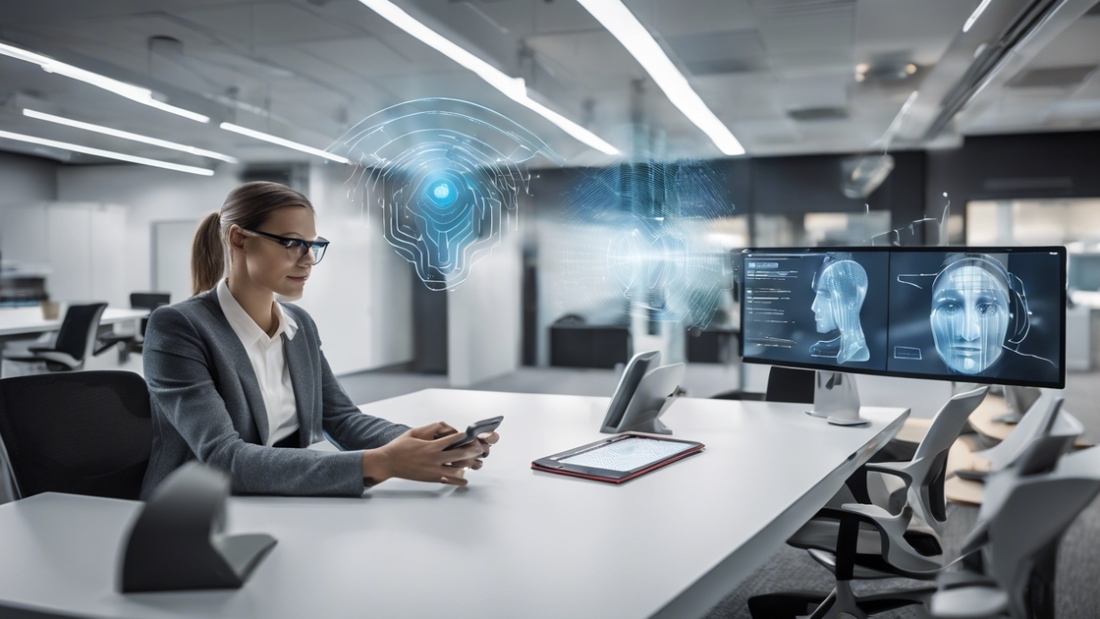In the digital age, safeguarding sensitive information is paramount. Enter liveness detection technology, a cutting-edge solution that distinguishes between real human users and fraudulent attempts by verifying liveliness through facial movements. By leveraging advanced algorithms and biometric authentication, liveness detection enhances security measures, offering a robust defense against unauthorized access. This innovative technology provides a stark contrast to traditional methods, significantly reducing the risk of identity theft and ensuring secure authentication processes. Stay ahead of cyber threats with liveness detection, fortifying your systems with an extra layer of protection.
Key Takeaways
Implementing liveness detection is crucial for enhancing security measures in various applications, ensuring that only live users can access sensitive information or perform transactions.
Choose the right method: Understanding the difference between active and passive liveness detection methods can help in selecting the most suitable approach based on specific security requirements.
Utilize key techniques like facial movement analysis, texture analysis, and blood flow detection to improve the accuracy of liveness detection systems.
Apply liveness detection in real-world scenarios such as mobile banking, access control systems, and identity verification to prevent fraud and unauthorized access.
Leverage the benefits of liveness detection, including increased security, reduced risk of impersonation attacks, and enhanced user experience in authentication processes.
Address challenges: Overcome concerns such as spoofing attacks, environmental factors affecting accuracy, and user acceptance issues to ensure the effectiveness of liveness detection technologies.
Defining Liveness Detection
Algorithms for Verification
Liveness detection is a crucial technology that verifies the authenticity of a person’s identity by determining if they are physically present and conducting a face check. Algorithms play a pivotal role in this process by analyzing biometric data to ensure that the individual being authenticated is indeed alive.
Biometric information such as facial features, fingerprints, or iris patterns are scrutinized through sophisticated algorithms to verify liveness and check the face. By examining subtle movements like eye blinks or head tilts, these algorithms can accurately differentiate between a live person and a static image or video.
Active vs. Passive Methods
Active liveness detection methods require the user’s participation in proving their liveliness through biometric authentication, face check. This could involve actions like blinking, smiling, or speaking a specific phrase to confirm their presence actively. In contrast, passive liveness detection does not require any conscious effort from the user and can authenticate them without any active involvement.
Passive methods often utilize advanced technologies like infrared sensors or 3D depth mapping to check face liveness without requiring explicit user cooperation. While active methods may offer higher security levels due to user interaction, passive methods are more convenient for seamless authentication processes.
Importance in Security
Fraud Prevention
Liveness detection plays a crucial role in preventing fraud by ensuring that the biometric system interacts with a live person’s face. This feature distinguishes between a real person and a fraudulent attempt, significantly reducing the risk of unauthorized access.
With liveness detection, organizations can enhance security measures by adding an extra layer of protection to their biometric systems. By confirming the presence of a live individual during each authentication attempt, including a face liveness check, the chances of identity theft or unauthorized access are substantially minimized.
Strengthening Biometric Security
Implementing liveness detection is essential for strengthening the security of biometric systems. By verifying the liveness of an individual through various methods such as facial movements or blinking patterns, the system can ensure that only legitimate users are granted access.
Pros
Enhances overall security
Reduces the risk of unauthorized access
Cons
Requires additional processing power
May lead to false rejections in some cases
Privacy Protection and Reliable Identification
Liveness detection not only safeguards against fraud but also plays a vital role in protecting privacy and ensuring reliable identification. By confirming the presence of a live person through face liveness, this technology helps maintain the confidentiality of sensitive information and prevents identity theft.
In biometric systems, the inclusion of liveness detection ensures that only genuine individuals are authenticated, thereby reducing the chances of false positives or imposters gaining access to secure areas.
How It Works
Motion Analysis
Motion analysis is a fundamental technique in liveness detection, focusing on the movement patterns of a subject. By analyzing the speed, direction, and consistency of movements, systems can distinguish between live subjects and fake representations in face liveness checks.
3D Depth Sensing
Utilizing 3D depth sensing, liveness detection systems assess the spatial information of a subject’s face. This technology measures the distance between different points on the face to ensure the presence of three-dimensional features, enhancing accuracy and reliability.
Texture Analysis
Texture analysis plays a crucial role in liveness detection by examining surface details such as pores, wrinkles, and skin texture. This method helps differentiate between a real face and a printed image or a video, adding an extra layer of security to the verification process by performing a liveness check.
Challenge-Response Tests
In liveness detection, challenge-response tests involve prompting users with random tasks or instructions that require immediate responses. This method ensures that the interaction is real-time and not pre-recorded, enhancing the system’s ability to detect fraudulent attempts accurately by conducting face liveness and liveness check.
Machine Learning AI
The integration of machine learning AI algorithms significantly improves liveness verification processes. These algorithms continuously learn from data patterns, enabling systems to adapt and enhance their accuracy over time. By analyzing vast amounts of data, machine learning AI enhances the system’s ability to detect sophisticated spoofing attempts.
Active vs Passive Methods
Active Methods
Active liveness detection methods require user interaction, such as blinking or smiling, to verify their presence. These methods are more prone to spoofing attacks compared to passive methods. They often involve additional hardware like depth sensors, infrared cameras, or face liveness. However, active methods can provide higher accuracy in certain scenarios.
Active methods offer real-time feedback to ensure the user is live during the authentication process, including face liveness. This makes them suitable for applications where a high level of security is critical, such as financial transactions or access control systems. On the downside, these methods may lead to usability issues as users need to perform specific actions for verification.
Passive Methods
Passive liveness detection methods do not require any conscious effort from the user. They analyze facial movements and expressions in a non-intrusive manner, making them more user-friendly than active methods. These algorithms can detect liveness based on natural behaviors without requiring explicit user actions.
Passive methods are known for their adaptability across various scenarios and user groups. They excel in providing a seamless user experience without the need for additional hardware or complex setup procedures. In addition, passive methods are less susceptible to spoofing attacks since they rely on behavioral patterns rather than explicit actions.
Comparison
Active Methods: Require user interaction, higher accuracy, prone to spoofing, usability issues.
Passive Methods: No user interaction needed, adaptable, user-friendly, less vulnerable to spoofing.
Key Techniques
Motion Analysis
Motion analysis is a fundamental technique in liveness detection that focuses on detecting movements to differentiate between a live person and a spoof attempt. By analyzing the dynamics of facial or body movements, motion analysis helps in ensuring the authenticity of biometric data. This technique involves tracking the movement patterns, such as blinking eyes or head rotations, to verify the presence of a real person in front of the system.
Texture Analysis
Texture analysis plays a crucial role in liveness detection by examining the surface characteristics of an object or individual. It involves analyzing the unique textures present on the skin or any surface under consideration to distinguish between a genuine user and a fraudulent attempt. By assessing features like pores, wrinkles, or skin patterns, texture analysis aids in identifying synthetic materials used for spoofing purposes. This technique enhances the accuracy and reliability of biometric systems by adding an additional layer of security through texture verification.
3D Depth Sensing
Integrating 3D depth sensing technology has revolutionized liveness detection by enabling systems to capture spatial information accurately. By utilizing techniques like structured light or time-of-flight sensors, 3D depth sensing enhances biometric authentication processes by creating detailed depth maps of faces or objects. This advanced technology adds an extra dimension to traditional 2D image processing, making it challenging for imposters to deceive the system with flat images or masks. The precise depth information obtained through 3D depth sensing ensures robust liveness detection and prevents unauthorized access effectively.
Significance of Techniques
Pros:
Enhances security: By combining motion analysis, texture analysis, and 3D depth sensing, biometric systems can achieve higher levels of security against spoofing attacks.
Improves accuracy: These techniques contribute to increasing the accuracy of liveness detection, reducing false acceptance rates significantly.
Real-World Applications
Mobile Banking
Liveness detection plays a crucial role in enhancing security measures within the realm of mobile banking. By utilizing facial recognition technology, liveness detection ensures that only authorized users can access their accounts. This technology helps prevent fraudulent activities by verifying the user’s identity through real-time facial authentication.
In mobile banking, liveness detection offers a seamless and secure authentication process. Users can simply use their smartphones’ cameras to verify their identities, eliminating the need for complex passwords or PINs. This not only enhances user experience but also significantly reduces the risk of unauthorized access to sensitive financial information.
Access Control
When it comes to access control, liveness detection is widely employed to bolster security measures in various industries. By incorporating facial recognition technology, organizations can ensure that only authorized personnel are granted access to restricted areas. This advanced form of biometric authentication adds an extra layer of security by verifying the individual’s identity in real-time.
In access control systems, liveness detection provides a highly accurate and efficient means of authentication. By analyzing facial features and movements, this technology can distinguish between live individuals and spoofing attempts using images or videos. As a result, organizations can maintain a secure environment and mitigate the risks associated with unauthorized access.
Secure Authentication Processes
In the realm of secure authentication processes, liveness detection serves as a critical tool in safeguarding sensitive data and information. By incorporating this technology into authentication protocols, organizations can effectively combat identity theft and unauthorized access attempts. Liveness detection verifies the user’s identity in real-time, ensuring that only legitimate individuals can access confidential systems or data.
Benefits and Advantages
Fraud Prevention
Liveness detection plays a crucial role in preventing fraudulent attempts by ensuring that the biometric data captured is from a live person. This technology detects and rejects spoofing attacks, such as the use of photos or videos, enhancing the security of authentication processes.
Implementing liveness detection significantly reduces the risk of unauthorized access to sensitive information, safeguarding individuals’ identities and personal data. By requiring real-time interaction during biometric authentication, this technology adds an extra layer of security, making it harder for malicious actors to compromise systems.
Privacy Protection
One of the key advantages of liveness detection is its contribution to privacy protection. Unlike traditional authentication methods that may store sensitive biometric data, liveness detection focuses on verifying the presence of a live person without retaining identifiable information. This approach enhances user privacy and minimizes the chances of data breaches or misuse.
By prioritizing user privacy, liveness detection aligns with regulatory requirements such as GDPR and CCPA, ensuring that personal information is handled responsibly. Users can trust that their biometric data is used solely for verification purposes, enhancing transparency and building confidence in the security measures implemented.
Security Enhancement
Integrating liveness detection into biometric systems improves overall security posture by mitigating vulnerabilities associated with static biometric identifiers. By confirming the liveliness of individuals through dynamic interactions like facial movements or voice prompts, this technology enhances the robustness of authentication mechanisms.
The continuous evolution of liveness detection techniques further strengthens security measures against emerging threats, staying ahead of sophisticated fraud attempts. As organizations strive to combat identity theft and unauthorized access, leveraging liveness detection reinforces the integrity of biometric systems and bolsters defenses against cyber threats.
Challenges and Concerns
Implementation Hurdles
Implementing liveness detection technologies poses significant challenges due to the need for advanced hardware and software integration. Companies often face obstacles in ensuring seamless compatibility with existing systems.
Lack of standardization across industries complicates the deployment of liveness detection solutions, leading to inconsistencies in performance and reliability. The absence of unified guidelines hampers widespread adoption and effectiveness.
Accuracy and Reliability Concerns
One major concern surrounding liveness detection systems is the potential for false positives and negatives. Inaccurate readings can compromise security measures, allowing unauthorized access or hindering legitimate users from authentication.
The reliability of liveness detection technologies under varying conditions, such as different lighting environments or user behaviors, remains a critical issue. Ensuring consistent and precise results across diverse scenarios is essential for the efficacy of these systems.
Integration Challenges in Diverse Environments
Integrating liveness detection into various environments, including mobile devices, ATMs, and security checkpoints, presents unique challenges. Adapting the technology to different settings requires robust testing and customization to ensure optimal performance.
Ensuring seamless integration with existing security protocols without disrupting operational workflows is crucial. Balancing security needs with user convenience poses a significant challenge in implementing liveness detection across multiple platforms.
Future Directions
Enhanced Algorithms
Liveness detection is moving towards enhanced algorithms that can accurately differentiate between real human presence and spoof attacks. These algorithms will leverage machine learning techniques to continuously adapt and improve their accuracy over time. By incorporating deep learning models, these algorithms can detect even the most sophisticated spoofing attempts.
Integration of Multimodal Biometrics
The future of liveness detection lies in the integration of multimodal biometrics, combining various biometric modalities such as facial recognition, voice recognition, and iris scanning. This integration will provide an additional layer of security by requiring multiple forms of authentication for user verification. By fusing different biometric traits, this approach enhances the overall security posture of liveness detection systems.
Adoption of 3D Face Recognition
One of the key future directions in liveness detection is the adoption of 3D face recognition technology. Traditional 2D face recognition systems are susceptible to spoofing attacks using printed photos or videos. By incorporating 3D face recognition, liveness detection systems can create a more robust authentication process that analyzes facial features in three dimensions. This advancement significantly reduces the risk of unauthorized access through fraudulent means.
Continuous Monitoring and Feedback Mechanisms
Future advancements in liveness detection will focus on implementing continuous monitoring and feedback mechanisms to enhance real-time threat detection. By constantly analyzing user interactions and behavior patterns, these systems can proactively identify suspicious activities and trigger immediate security responses. This proactive approach ensures that potential threats are detected and mitigated before they escalate into security breaches.
Privacy-Preserving Technologies
As liveness detection technology evolves, there will be a greater emphasis on privacy-preserving technologies to safeguard user data and maintain confidentiality. Encryption techniques, secure data storage protocols, and anonymization methods will play a crucial role in protecting sensitive information during the liveness detection process. By prioritizing user privacy, organizations can build trust with their users and ensure compliance with data protection regulations.
Final Remarks
You’ve delved into the world of liveness detection, understanding its vital role in enhancing security measures. From distinguishing between active and passive methods to exploring key techniques and real-world applications, you’ve gained insights into the benefits and challenges this technology presents. Looking ahead, the future of liveness detection holds promising advancements, paving the way for more robust security solutions.
As you navigate the evolving landscape of security technologies, consider integrating liveness detection to fortify your systems against potential threats. Stay informed about emerging trends and innovations in this field to ensure your security measures remain at the forefront. Embrace the opportunities that liveness detection offers to safeguard your digital assets effectively.
Frequently Asked Questions
What is liveness detection?
Liveness detection is a security measure that ensures a biometric system can differentiate between a live person and a fake representation, such as a photograph or video, to prevent spoofing attacks.
Why is liveness detection important in security?
Liveness detection enhances security by preventing unauthorized access through biometric systems. It ensures that only live individuals can authenticate themselves, reducing the risk of identity fraud and unauthorized access.
How does liveness detection work?
Liveness detection works by analyzing various factors like facial movements, blood flow, or response to stimuli to verify the presence of a live person during biometric authentication processes.
What are the key techniques used in liveness detection?
Key techniques in liveness detection include analyzing 3D depth information, detecting eye blinking or movement, assessing skin texture changes, and using challenge-response tests to verify liveness.
What are some real-world applications of liveness detection?
Liveness detection is utilized in various applications such as mobile device authentication, access control systems, online banking security, e-commerce transactions, border control, and identity verification processes.
